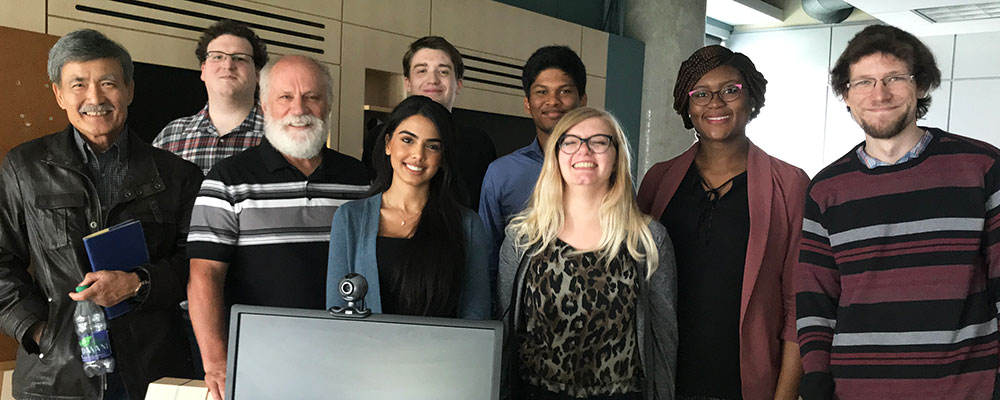Capstone project helps create an opportunity to get “lives back on track”
During shifts as an emergency physician at the Royal Alexandra Hospital, Dr. Louis Hugo Francescutti noticed a disconcerting trend. Patients from the local houseless community that he’d treat and discharge would often return soon after, again in need of care.
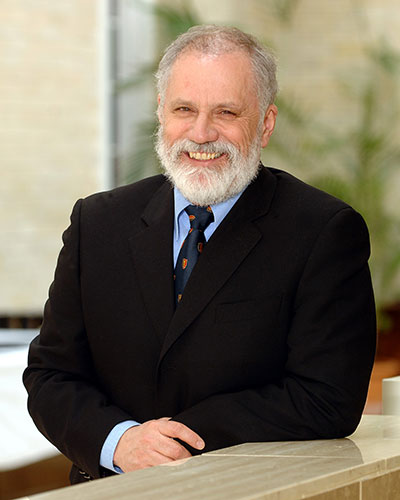 But it wasn’t until he raised the issue with students in a public health advocacy course he teaches at the University of Alberta that he realized the challenge might be addressed.
But it wasn’t until he raised the issue with students in a public health advocacy course he teaches at the University of Alberta that he realized the challenge might be addressed.
They asked: Could those patients be temporarily but safely housed after being released? That may give them the opportunity for healing and stability to prevent them from returning so soon.
“This problem has been in front of my eyes for many years,” says Francescutti.
“The students provided some incentive to try to do something about it.”
Soon after, in the months preceding the onset of the pandemic in early 2020, the doctor was connected with a new group of students, this time from NAIT.
With that, that idea started in Francescutti’s classroom moved toward becoming a one-of-a-kind housing complex in west Edmonton known as the Bridge Healing Transitional Accommodation Program.
Now, it’s accepting its first tenants – and may prove to be a model going forward.
“It was foundational that we partnered with the NAIT students,” Francescutti says.
The importance of community connections
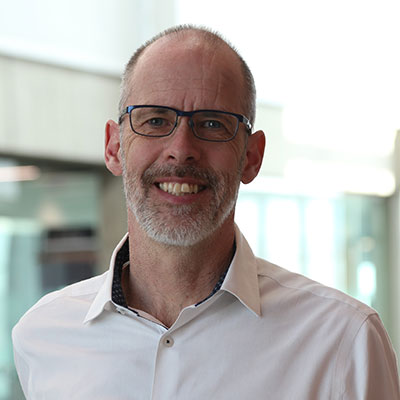 The introduction of Francescutti and his small team of volunteers (including Bob Hiew, Electrical Engineering Technology '73, and Joan McCollum) to NAIT students owed largely to the efforts of JR Shaw School of Business instructor Keven McGhan to maintain connections outside the polytechnic.
The introduction of Francescutti and his small team of volunteers (including Bob Hiew, Electrical Engineering Technology '73, and Joan McCollum) to NAIT students owed largely to the efforts of JR Shaw School of Business instructor Keven McGhan to maintain connections outside the polytechnic.
“Many of the faculty, including myself, have relationships with people in industry [who] know they can approach us if they have something interesting that they’re working on,” says McGhan (Finance ’89), who's also the capstone project coordinator for the business school.
In this case, one of those connections was with the local chapter of the Lions Club International, an early proponent funder of Bridge Healing and the organization that brought McGhan and Francescutti together.
NAIT students helped in two ways to attract further support and funding that made the project possible.
“Louis is a big storyteller,” says McGhan. Indeed, Francescutti, who’s no stranger to backing major health and safety initiatives, has spoken at a TEDxEdmonton event in addition to having delivered more than 1,500 presentations worldwide.
To make his pitch for Bridge Healing, the doctor needed high-quality props. “If you don’t have something that can share the vision, people wonder if it’s real or not,” he says.
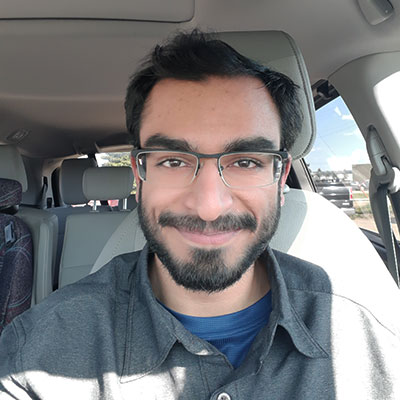 One of those was a proof-of-concept app, developed by Digital Media and IT students, that medical professionals could use to register houseless patients, reserve a room in the facility for them and request transportation.
One of those was a proof-of-concept app, developed by Digital Media and IT students, that medical professionals could use to register houseless patients, reserve a room in the facility for them and request transportation.
The other part of Francescutti’s package included embodiments of the story he wanted to tell, the making of which saw business students apply their skills to the nonprofit world.
“If it’s a profit or not-for-profit, the process is pretty similar,” says McGhan. Whether it’s raising awareness, fundraising or other organization-building activities, “all of those are business processes.”
To that end, Syed Ahmed (Bachelor of Business Administration ’20, Management ’17) helped build a 3D wooden model that demonstrates a patient’s journey from emergency room to housing facility, with support from organizations such as Jasper Place Wellness Centre, which would ultimately come to operate the porject with Alberta Health Services, funder of ongoing operating costs. (Other funders and supporters include the Royal Alexandra Hospital Foundation, University Hospital Foundation, the City of Edmonton and numerous private donors.)
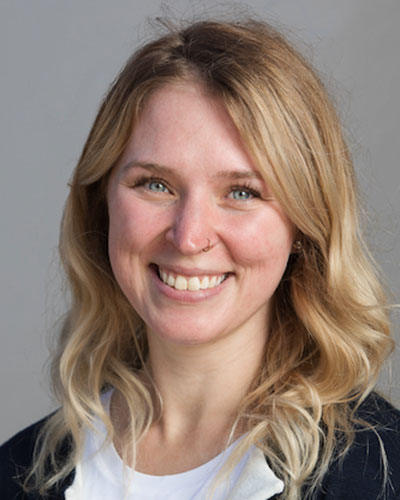 “It helped talk about how the different institutions and organizations were related and how [they would] impact the individuals we’re trying to help,” says Ahmed.
“It helped talk about how the different institutions and organizations were related and how [they would] impact the individuals we’re trying to help,” says Ahmed.
Danielle Weiss (Bachelor of Technology ’20, Instrumentation Engineering Technology ’18, Chemical Technology ’12) helped write a brochure that outlined the project and its potential benefits.
“It was exciting to be part of it,” she says. “I was pleasantly surprised [after graduating] when I heard from Keven that it was going through.”
Taken together, the work lent the idea credibility, says Francescutti.
“It made it easier for a community partner to look at us and say, ‘These folks look like they’re for real.’”
The power of post-secondary institutes
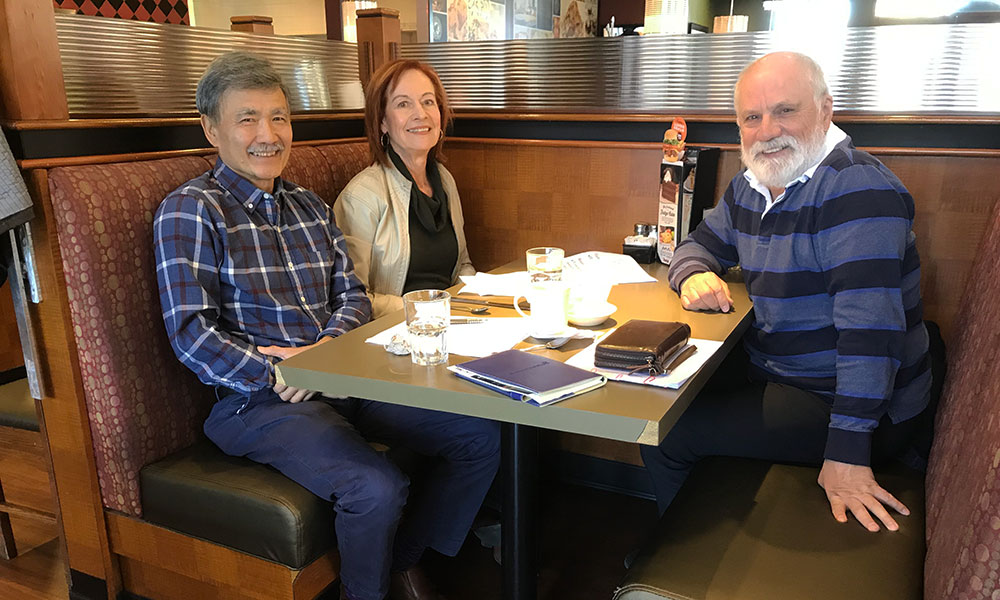
Savings in health-care costs stand to be significant from the Bridge Healing program. Per bed, the program will cost roughly $80 a day, as compared to up to $1,000 to keep patients in hospital.
But Francescutti feels that the impact will be much greater than financial.
Bridge Healing, he says, “is about giving [patients from the houseless community] an opportunity to get their lives back on track, and giving them a place to stay and build their own hopes and dreams for their future.
“If we do that successfully, they’re going to be less likely to use ambulances and visit emergency rooms, and they’re more likely to be healthy, well-rounded individuals – with just a little help to get them back on their feet again.”
It’s already made an impact on those who worked to make it real.
“It’s pretty satisfying that you were able to play a role in making something happen and it’s actually going to help people,” says Ahmed. “All of that coming together – everything you learned, the people that you worked with, and the idea itself – feels pretty good.”
The project galvanized Weiss’s plans to take her career in a new direction, using her degree to enter the University of Calgary’s law school.
“I think it really solidified community-based approaches for me and seeing the impact that can have,” she says. “Something that’s really important for me going into my law career is doing pro bono work and community engagement.”
If all goes according to plan, the three apartment-style buildings in Edmonton’s west end, each one host to 12 recovering patients, are only the beginning – a pilot Francescutti hopes to see expand.
“We know it’s going to work. It’s just a matter of ramping it up to meet the demands."
“We know it’s going to work,” he says, noting that the facility filled nearly to capacity immediately upon opening. “It’s just a matter of ramping it up to meet the demands. Every shift I work in emergency I have six to eight patients that I could send.”
In the meantime, the doctor is already seeing the project as proof of the power of Alberta’s post-secondary institutes to provide real solutions to pressing community issues. To date, it’s the project of which he’s most proud, he says, because “it’s going to have the greatest impact on society.
“Students at the U of A and NAIT need to take the credit for developing the idea to the point where it was feasible.”
NAIT students who contributed to the Bridge Healing Transitional Accommodation Program include:
Digital Media and IT
- Sarah Altamimi (class of '20)
- Connor Bumstead (class of ’19)
- Jameson Grieve (’19)
- Colton Loewen (’19)
- Nneka Ogbuniba (’19)
- Asuwan Ranawaka (’19)
- Petronella van Tonder (’19)
JR Shaw School of Business
- Syed Ahmed (Bachelor of Business Administration ’20, Management ’17)
- Haleema Tahir (Bachelor of Business Administration ’19)
- Danielle Weiss (Bachelor of Technology ’19, Instrumentation Engineering Technology ’17, Chemical Technology ’12)
- Marco Caputo (Bachelor of Technolog '20, Civil Engineering Technology '16)
- Bretton Bell (Bachelor of Technology '20, Mechanical Engineering Technology '16)
- Raaj Selva (Bachelor of Technology '19, Mechanical Engineering Technology '16)
- Andrew Anderson (Bachelor of Technology '19, Mechanical Engineering Technology '17)
